Best compression leggings for women involves considering various factors such as material, compression level, fit, intended use, and personal preferences. In this comprehensive guide, we’ll discuss each of these factors in detail to help you make an informed decision when selecting compression leggings.
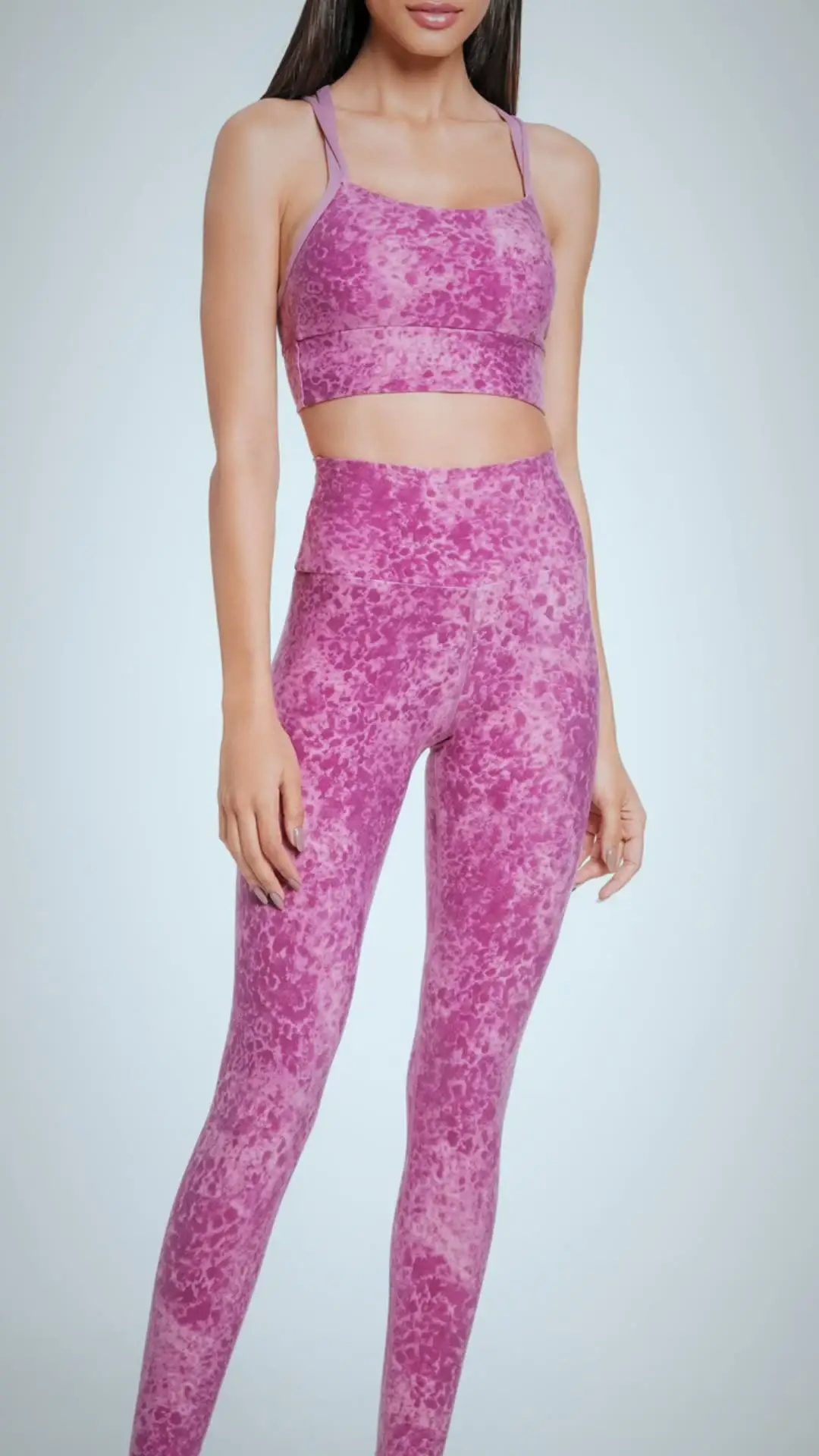
Understanding Compression Leggings:
-
What are Compression Leggings?
Compression leggings are tight-fitting garments designed to provide graduated compression to the legs. They apply pressure to improve blood circulation, reduce muscle fatigue, and enhance athletic performance. running leggings are popular among athletes, fitness enthusiasts, and individuals seeking improved comfort during physical activity or recovery.
-
Benefits of Compression Leggings:
- Improved blood circulation
- Reduced muscle soreness and fatigue
- Enhanced performance and recovery
- Increased joint stability and proprioception
- Compression of muscles to reduce vibration and risk of injury
Factors to Consider When Choosing Compression Leggings:
Material:
-
- Compression Fabric: Look for leggings made from high-quality compression fabric such as spandex, nylon, or polyester blends. These materials offer elasticity, durability, moisture-wicking properties, and breathability.
- Seamless Construction: Consider leggings with seamless construction to minimize chafing and irritation during movement.
- Mesh Panels: Some leggings feature mesh panels for enhanced ventilation in areas prone to sweating, such as behind the knees and along the thighs.
Compression Level:
-
- Graduated Compression: Choose leggings with graduated compression that provides targeted pressure, with more compression at the ankles gradually decreasing towards the thighs. This helps improve circulation and reduces muscle fatigue.
- Compression Rating: Compression levels are typically measured in millimeters of mercury (mmHg) or indicated as light, moderate, or firm compression. Select the compression level based on your activity level, personal preference, and intended use.
Fit:
-
- Snug Fit: Compression leggings should fit snugly without feeling restrictive or uncomfortable. They should conform to the contours of your body without causing excessive compression or constriction.
- Correct Length: Choose leggings with the appropriate length (full-length, capri, or shorts) based on your preference and intended use. Full-length leggings provide coverage and warmth, while capri or shorts offer better ventilation during warmer weather.
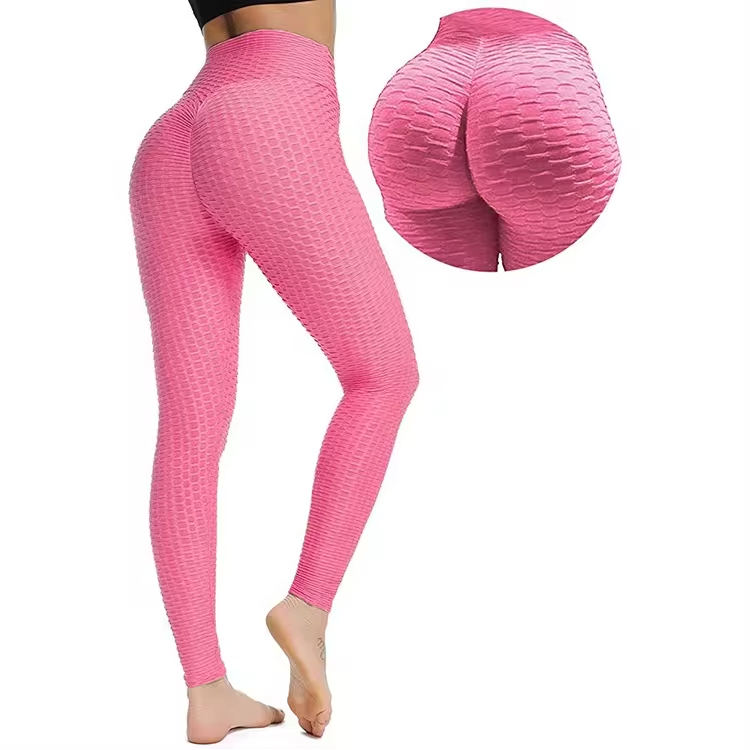
Intended Use:
-
- Athletic Activities: Consider the specific activities you’ll be engaging in while wearing the leggings. For high-impact activities such as running or HIIT workouts, opt for leggings with firm compression and moisture-wicking properties. For yoga or Pilates, choose leggings with moderate compression and flexibility.
- Recovery: If you plan to wear compression leggings for post-workout recovery or during long periods of sitting or standing, prioritize comfort and graduated compression to promote circulation and reduce muscle soreness.
Design Features:
-
- Waistband: Look for leggings with a wide, elastic waistband for a secure fit and added support. Some leggings feature a high-rise waistband for extra coverage and tummy control.
- Pockets: Consider plus size leggings with built-in pockets for storing small essentials such as keys, cards, or a phone during workouts or outdoor activities.
- Reflective Details: If you plan to exercise outdoors during low-light conditions, choose leggings with reflective details for increased visibility and safety.
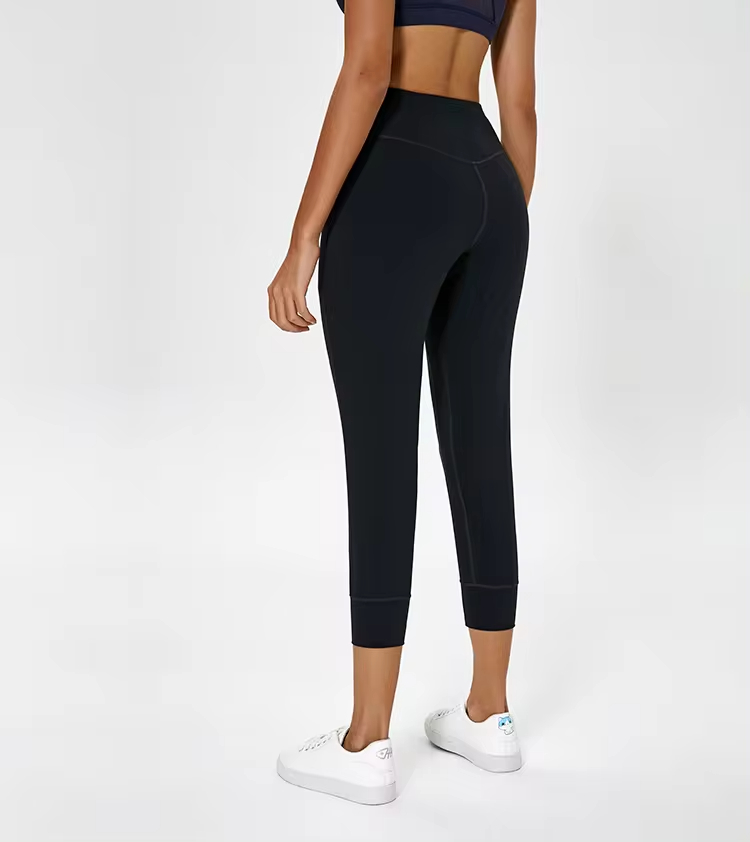
Tips for Trying and Testing Compression Leggings:
-
Try Before You Buy:
- Visit a store specializing in athletic wear or compression garments to try on different brands and styles of leggings. Pay attention to how they feel, move, and fit your body.
-
Perform Movement Tests:
- Perform a range of movements such as squats, lunges, and jumps to assess the leggings’ flexibility, support, and comfort during dynamic activities.
-
Consider Feedback and Reviews:
- Read online reviews and seek recommendations from friends or fitness professionals who have experience with specific compression leggings brands or models.
-
Check Return Policies:
- Before making a purchase, familiarize yourself with the store’s return or exchange policy in case the leggings don’t meet your expectations or fit properly.
Maintenance and Care Tips:
-
Follow Washing Instructions:
- Always follow the manufacturer’s washing instructions to preserve the integrity and compression properties of the thermal leggings . Use cold water and a mild detergent, and avoid fabric softeners or bleach.
-
Air Dry:
- Avoid using a dryer to prevent damage to the compression fabric. Instead, air dry the leggings by laying them flat or hanging them up to maintain their shape and elasticity.
-
Avoid Excessive Heat:
- Keep compression leggings away from direct heat sources such as radiators or heaters, as excessive heat can degrade the fabric and reduce compression effectiveness.
-
Rotate Between Pairs:
- If you frequently wear compression leggings for workouts or athletic activities, consider rotating between multiple pairs to extend their lifespan and prevent excessive wear and tear.
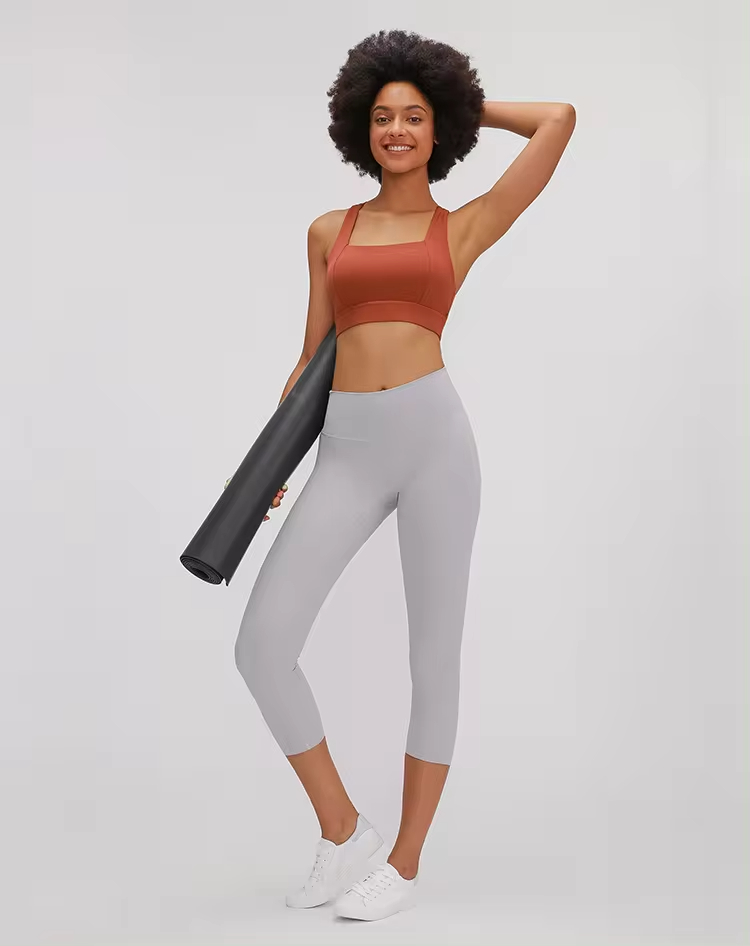
What are the advantages of best compression leggings for women?
In recent years, compression leggings have gained popularity among women for various reasons. These tight-fitting garments, designed to provide graduated compression to the legs, offer a multitude of benefits beyond traditional athletic wear.
Enhanced Performance
One of the primary benefits of compression leggings is their ability to enhance athletic performance. The compression provided by these garments promotes efficient blood circulation, delivering oxygen-rich blood to working muscles. This improved oxygenation helps delay the onset of fatigue, allowing athletes to sustain higher levels of intensity for longer durations.
Reduced Muscle Soreness
Compression leggings have been shown to mitigate muscle soreness and stiffness following strenuous exercise. By minimizing muscle oscillation and micro-tears, compression garments help prevent delayed onset muscle soreness (DOMS), enabling quicker recovery between workouts.
Improved Recovery
Post-exercise recovery is crucial for athletes and fitness enthusiasts alike. Compression leggings facilitate the removal of metabolic waste products, such as lactic acid, from the muscles. This accelerated recovery process reduces inflammation and swelling, promoting faster healing and restoring muscle function.
Injury Prevention
In addition to enhancing performance and recovery, compression leggings play a vital role in injury prevention. The compression provided by these garments stabilizes muscles, tendons, and ligaments, reducing the risk of strains, sprains, and other soft tissue injuries. Moreover, the proprioceptive feedback generated by compression wear enhances joint awareness, minimizing the likelihood of misalignment or imbalance.
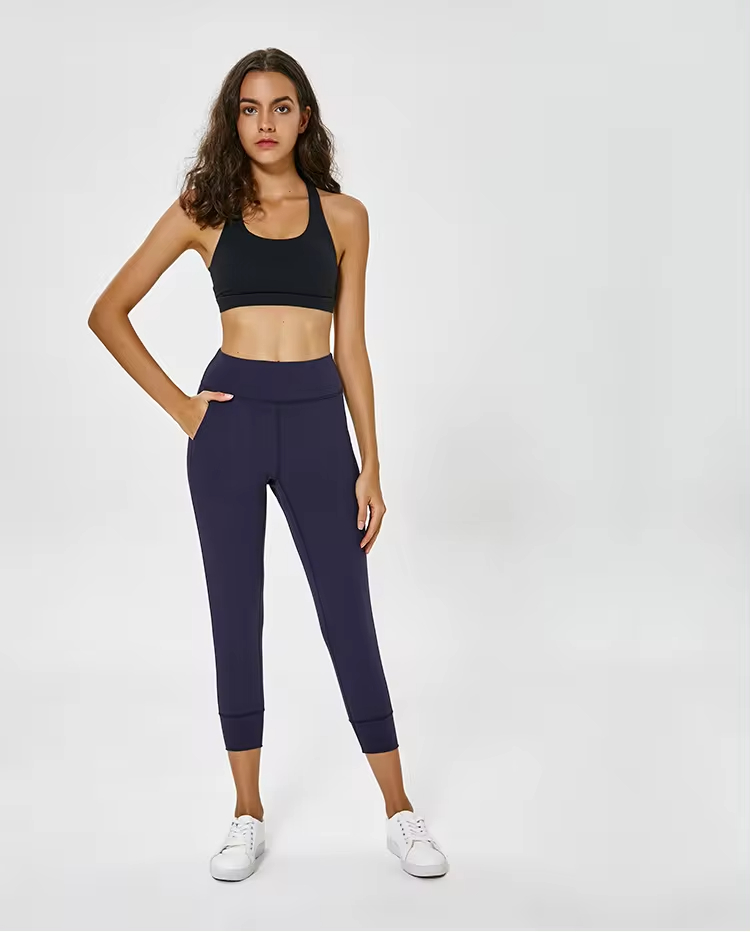
By considering these factors and tips, you can confidently select the best compression leggings for women that meet your needs, preferences, and lifestyle. Whether you’re training for a marathon, hitting the gym, or simply seeking comfortable and supportive activewear for everyday wear, the right pair of compression leggings can make a significant difference in your performance, recovery, and overall well-being.
